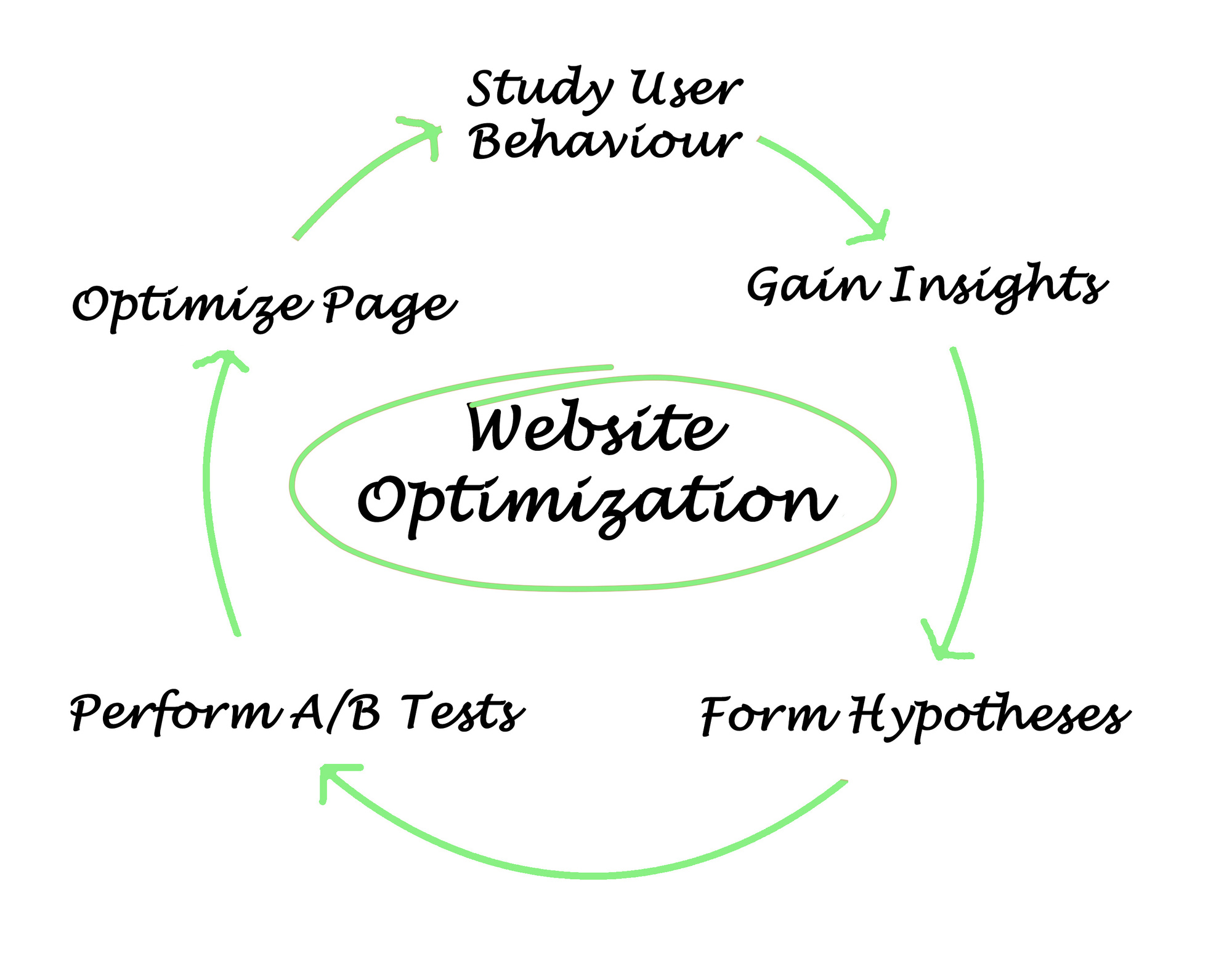There are tons of website optimization tips out there. Most focus on how to get your site to rank on the top page of Google.
That’s important, but when you think about the purpose of your website, is it to rank on Google? No, it’s to attract customers to your business.
That’s why your website optimization has to take into account the most important factor – the user. When you take the user into account, you can then turn your attention to what truly matters. That’s giving your site visitors a great experience, so they’ll convert into customers.
Would you like to learn how to do that? Take a look at these website optimization tips to speed up your website and increase conversions.
Speed and Conversions Matter
Why should you focus on speed and conversions? It’s pretty obvious why you should pay attention to conversions. If your site’s visitors just visit the site and take no action, then you could be wasting valuable resources to drive traffic to the site.
Before you begin optimizing your site, you need to decide what a conversion is. Would you consider a conversion a person who fills out a contact form, signs up for your newsletter, or buys a product?
Once you have that definition down, take a look at your analytics and see what your conversions are. Set a goal for your site’s conversions. The average website conversion rates will vary by industry and goal. E-commerce sites will have a conversion rate of 1-2%. Newsletter conversions average just under 2%.
Website speed is critical for several reasons. The first is that a website that loads slowly can cause over half of your traffic to leave, giving you no shot at conversions.
Website speed also matters for SEO. There are many other factors that determine search rankings, but site speed is considered to be one of them.
10 Website Optimization Tips for Speed and Conversions
It’s clear that speed and conversions are linked to your site’s performance and a business’ bottom line. How can you increase your site’s speed and conversions? Take a look at these top tips.
1. Pick the Lowest Hanging Fruit First
The first thing webmasters should do is review the site’s images. Images are among the most data-heavy files n your website. You need to go through the images and make sure they’re compressed. If they’re not, you can use a plugin like Smush to compress all images to speed up your site.
2. Using WordPress? Check Plugins
Speaking of plugins, if you use WordPress, plugins can be the ultimate convenience. They can also slow down your site if you use too many. You want to stick with 20 plugins or less.
The first step is to remove inactive plugins. If you’re not using them, there’s no need to have them installed.
3. GZip and Cache Your Site
In an ironic twist, plugins can also make your site much faster. Plugins that can compress your files into GZip files and cache your site’s data. Then your users will only have to download new content on your site.
4. Check CSS Code
Minifying your code can also speed up your website. The way CSS is written, there are a lot of unnecessary spaces that makes code easy to read for people. For computers, though, spaces can slow down data processing. When you minify your CSS code, you remove those spaces.
5. Meet Your Visitors Where They’re At
Are your site’s visitors local or do they come from all over the world? Your site’s data has to travel across servers and data points to get to the user. If your site’s visitors are in one location, you can use a local web hosting company that’s close to your visitors.
If your visitors are all over the world, you can use a content delivery network, which can store your site’s data on servers all over the world. The content is served from the closest one to the user, speeding up your site’s load time.
6. Keep Your Site Simple
The best thing you can do for your site’s users is to keep the site clean and simple. Make the text easy to read on any device, and make sure the site is easy to navigate.
7. Have a Great Headline
The headlines you use on each page of your site have one job, and that’s to get people to keep reading. This is a major part of getting people on your site to convert. Your headlines need to be clear and talk about what people will get if they read further or make a purchase.
8. Make Your Website’s Offer Clear
When people read further because of your killer headlines, they’ll want to know more about what you offer your site. You need to tell people what you offer, why they should care, and how your offer can improve at least one aspect of their lives.
9. Check Server Response Time
Once you made the speed optimizations, you’ll want to check the server response time. That’s controlled by your site’s host.
You can run speed tests that will tell you if there’s a delay in server response time. If you find it’s slow, you can then work with your provider and implement these tips to speed it up.
10. Continue to Test and Optimize
A major mistake that webmasters and marketers make is that they optimize once and leave the website alone. You should always split test and continue to make improvements to the site. It’s an on-going process, not a one-time thing.
Optimize Your Site’s Performance
As a webmaster, it’s easy to forget about website speed and conversions because you want the site to rank well in search engines. You have to realize that speed and conversions are a big part of SEO, and if people don’t convert, you don’t have much of a business.
The most important thing is to aim to give visitors a great experience on your site and make it crystal clear what the business offers. Make it so clear, you’re helping them make a decision.
Want more tips to optimize your site? Check out these website tips and tricks today.




